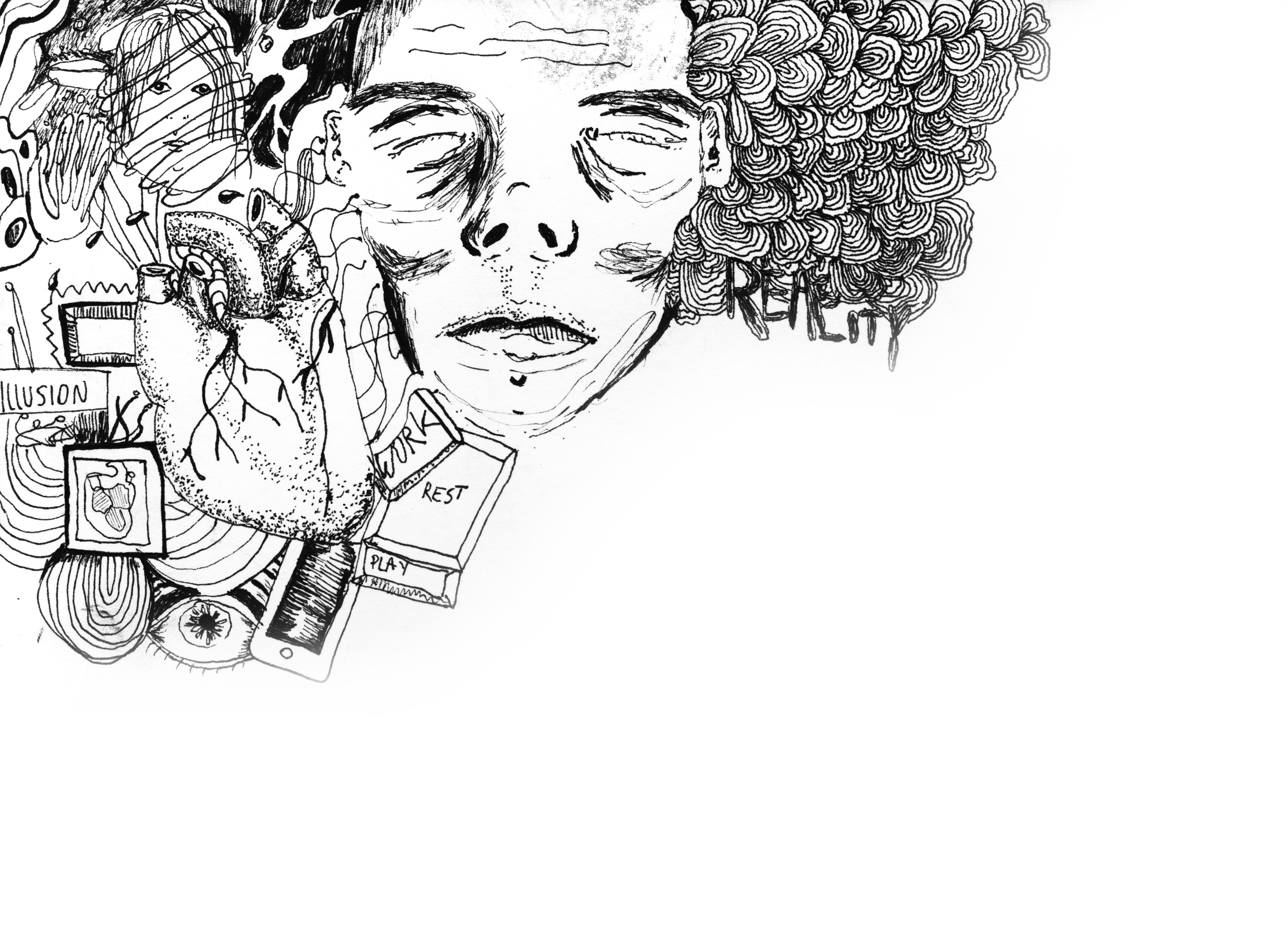by Courtney Gallert
How to Lucid Dream
Lucid dreaming: the process of being ‘awake’ when in the depths of a dream. Imagine being aware that you’re in a dream, aware your unconscious experience is completely made up, yet being actively involved and being able to control what happens à la Christopher Nolan’s Inception. Well, now you can try it for yourself. Here are the steps to dabbling in this scientifically proven state of consciousness.
Step One: Preparation Stage
In this stage, you may be considering the concept of lucid dreaming. It may still seem overly obscure or even a myth. To start preparing for your defining experience, begin to develop a dream journal. Each time you remember a dream write down what happened immediately after waking. Include details such as the people in the dream and whether they were familiar or not. Write how you felt in the dream, maybe it was pleasant and safe or maybe you were scared. This is important, as it will help you to determine the legitimacy of a lucid dream later on. Draw images of what you saw, places you went and recurring themes. Keep this journal beside your bed and add to it whenever possible.
Step Two: Check into your ‘Reality’ during the day
By now you should be familiar with your dreaming experience. Now it’s time to incorporate some contrast, a base to train your brain into recognising when it’s awake and when it’s asleep—the very premise of lucid dreaming! By way of context, a dreaming brain is incapable of reaching logical conclusions. Therefore you need to develop a personal measure of reality with a predetermined outcome of impossibility (like in Inception). Meaning that if you believe it, you know that you’re dreaming. For example, press a finger on top of one hand, imagine it passing straight through your hand and coming out the other side. If you believe it, you must be in a dream. Immediately your conscious brain will spark. This will enable you to recognise that you are partially asleep. Other reality checks can be performed during the day as well, such as questioning your surroundings, asking ‘Is that person really sitting at that desk?’. This builds self-awareness and you will begin to scrutinise your reality and carry it through into dreaming hours.
Step Three: Practice Mindful Meditation
You may hear of it a lot, it might seem irrelevant, unnecessary and even boring. But even if it doesn’t assist you in your quest to lucid dream, benefits such as stress-relief and relaxation are linked with the practice. Sit comfortably, inhale and exhale at a steady rate and clear your thoughts. Let the energy and buzz of daily life pass by as you simply concentrate on a concrete feature such as a constant sound like a clock ticking, or focus on your breath. Visualise scenery, make up an inner world that you walk through. This will increase your self-awareness and assist you in recognising a lucid dream.
Step Four: Wait for the Lucid Dream
If you’ve patiently persisted through the three preliminary stages you’ve definitely earned yourself a lucid dreaming experience. Now is when it might happen. When you actually realise you’re dreaming (in a lucid dream!), there are a few techniques to keep in mind in order to prolong the experience. First it’s important to articulate the experience, say out loud ‘this is a dream’. Turn your body and feel the sensation of motion. Rub your hands together and feel the sensation. Once you’ve recognised the legitimacy of the situation, remain calm. Explore your environment, walk around and absorb the atmosphere. It’s at this moment that what was once a vague, internal dream is now an interactive, virtual reality.
Artwork credit: Vikky Orfanos

